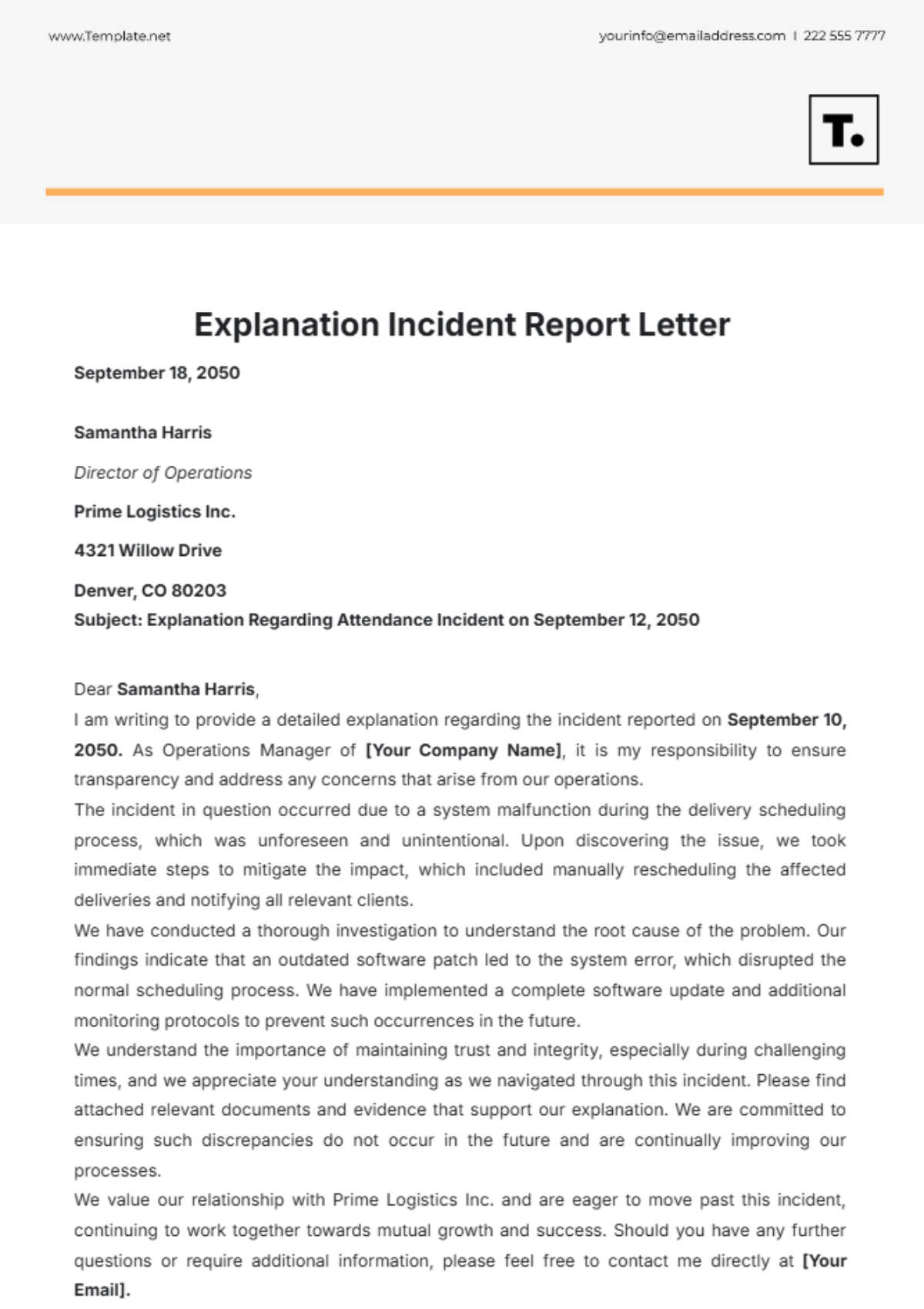Free Workplace Hazard Report
Identify and address risks with the Workplace Hazard Report Template from Template.net. Fully customizable and editable, this template provides a structured format for documenting and reporting workplace hazards, ensuring swift corrective actions. Editable in our AI Editor Tool, it ensures your reports are thorough, clear, and tailored to your organization’s safety protocols.






























